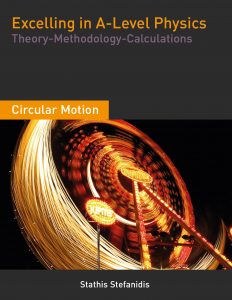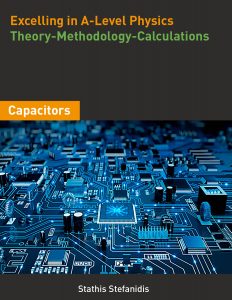Either write something worth reading or do something worth writing.
Benjamin Franklin
It’s surprising—even shocking—that Physics ranks only as the ninth most popular A-Level subject. This is despite its status as one of the most prestigious and intellectually rewarding disciplines, offering not only excellent academic and career pathways, but also nurturing a range of critical skills, such as:
Modelling
Problem-solving
Mathematical fluency
Structured thinking and logical reasoning
Critical thinking and investigative techniques
Yet Physics is also widely regarded as one of the most difficult subjects at A-Level. Several key factors contribute to this perception:
A shortage of qualified and effective teachers
A lack of high-quality educational resources
The absence of a clear, methodical approach to teaching each thematic unit
Currently, most A-Level Physics textbooks are produced either by the exam boards themselves or by board-approved independent publishers. While these books often include past paper questions, they fall short in many important areas.
Having been fortunate to receive advanced training in both physics and educational theory, I reviewed these existing resources with a critical eye. What I found convinced me that students deserved more. Despite their academic intentions, many of these textbooks lacked depth and clarity in the way theory, problem-solving techniques, and exam strategies were communicated. Common issues included:
Unstructured presentation of complex theories
No clear methodology for tackling exam-style questions
Overuse of basic “tips” that students often already know
Excessive reliance on simple substitution-style problems
Minimal inclusion of composite or multi-level questions that develop deeper understanding
Motivated by these gaps, I set out to create a new series of A-Level Physics books—resources designed to set a higher standard for both teaching and learning. These books are already making a measurable impact, helping students not only prepare more effectively but also achieve their full potential with greater confidence.
The Core Strength: Structure
The defining feature of my books is their structured, student-centred design. Each thematic unit is presented through a clear Q&A format, using simple steps, practical explanations, exercises, and targeted tests. This approach builds understanding gradually and methodically—mirroring the way students actually learn.
Each unit includes:
Theory presented through structured questions and answers
Solved problems with step-by-step solutions
Multiple-choice questions to reinforce key concepts
Conceptual challenges to encourage deeper thinking
Fill-in-the-gap exercises to support recall and comprehension
A complete unit test for consolidation and assessment
While some other textbooks may offer selected features from this list, none combine them all into one cohesive, research-informed learning tool. My books integrate both subject expertise and modern educational practice, offering students a truly comprehensive and innovative approach to A-Level Physics.
All titles are available in e-book format and have been designed to support independent learning, structured revision, and classroom teaching alike.




